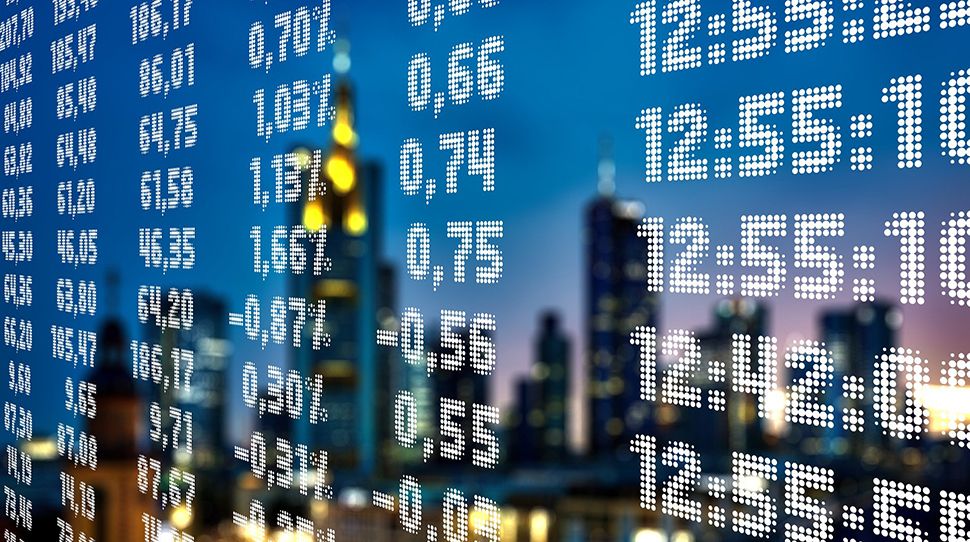No Change in our Global Outlook at this Stage

The coronavirus COVID-19 continues to unsettle financial markets. With the number of cases rising notably in South Korea and Italy the situation is not yet stabilised which makes any assessment of the likely impact a very difficult task. Nevertheless, as per current information, our base-line scenario is that GDP will be impacted in the first quarter of 2020, and that a V-shaped recovery starting in the second quarter should allow the world economy and its largest economies to continue to grow broadly in line with potential growth rates – sustaining the global expansion at this moderate rate.
Members of the ECB spoke to the necessity of governments taking further actions, in particular in terms of fiscal stimulus and structural reform. They also stressed the increased need for such action should the anticipated V-shaped recovery be delayed.
We would also expect central banks to add to monetary stimulus. South Korea could ease policy on 27 February. China’s top leadership has pledged further fiscal and monetary action, including cuts in electricity rates for companies and a possible extension of subsidies for electric cars. Italy is reportedly considering suspending various payments including mortgages and local taxes, as well as possible financial support for affected companies.
We still do not expect the ECB nor the Fed to move on rates this year. However, if economic activity remains weak in the second quarter of 2020, this outlook could change. The most effective monetary policy tool when interest rates are already this low is quantitative easing (QE). We would expect QE to be discussed at the Fed from September, once the more than year-long review of tools and strategy wraps up by the middle of this year as per Chair Powell’s statements.
Most analysts predict a drop by between 1 and 2 percentage points in China’s GDP from 6% in the fourth quarter of 2019 year-on-year (YoY). The release of the Q1 GDP data is scheduled for 17 April.
Financial markets are currently pricing credit-default swaps higher. US stock market indices have dropped by some 2%, and the 10-year US Treasury yield trades at 1.39% - the lowest since the 2016 trough of 1.36%. Meanwhile, gold continues its spectacular rise, to USD 1’687/Oz currently, and the Swiss franc and the US dollar are benefitting from safe-haven flows.
This rather pronounced market reaction illustrates the stress that a number of sectors are experiencing and which is driving sector rotation. In addition, the markets also grapple with the likely effect on activity that might be caused by efforts to contain the virus in Europe. Amidst this uncertainty, volatility in European equities has risen to levels last seen in mid-August 2019. On the other hand, February's manufacturing PMI held up better than feared.
Overall, we would guard against panic selling at this stage. Calling the bottom is, however, difficult as the story continues to unfold. Nevertheless, the stock market correction is likely developing a buying opportunity.
February 24, 2020




